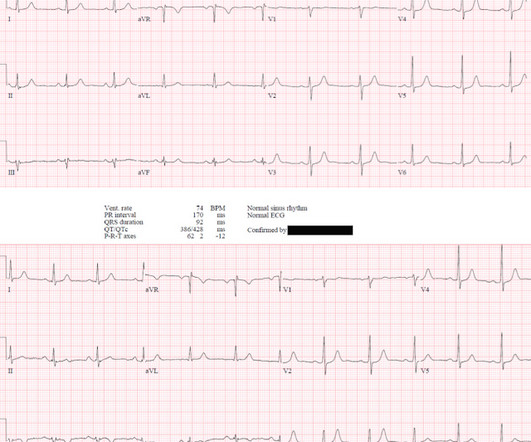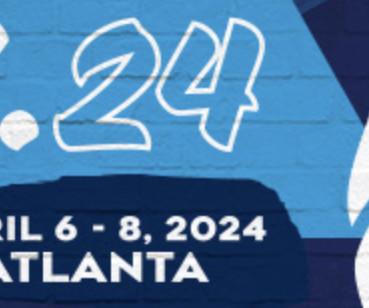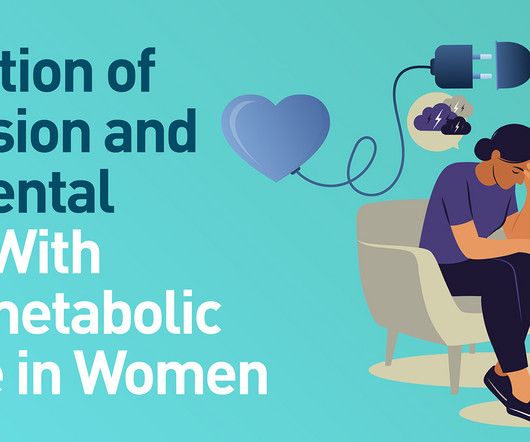New Treatment in Pipeline for Patients with Hypertrophic Cardiomyopathy
DAIC
MAY 14, 2024
In about 70 percent of cases, patients with HCM experience obstruction to blood flow, which increases pressures in the heart and can lead to chest pain, shortness of breath and reduced exercise capacity. All participants were receiving background medical therapy and had reduced exercise capacity.












Let's personalize your content